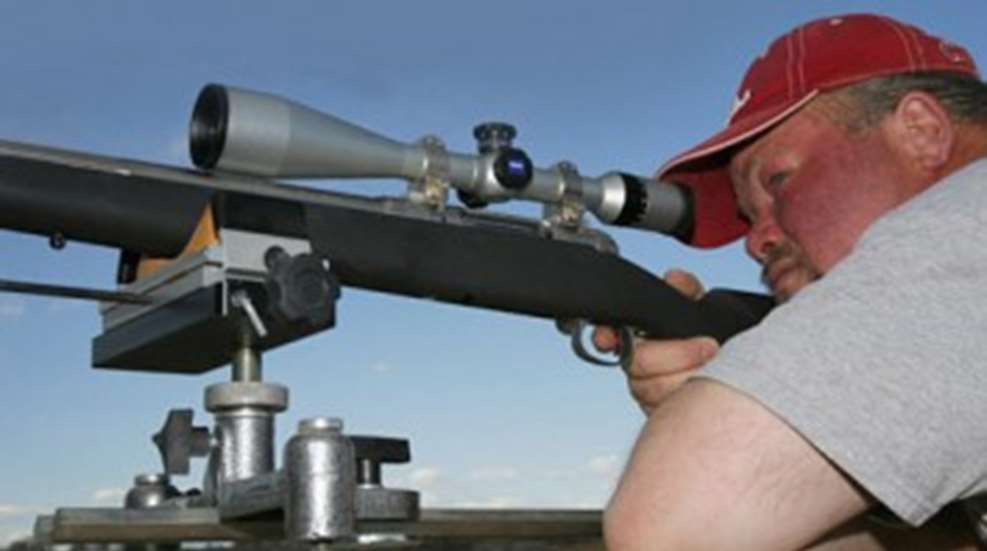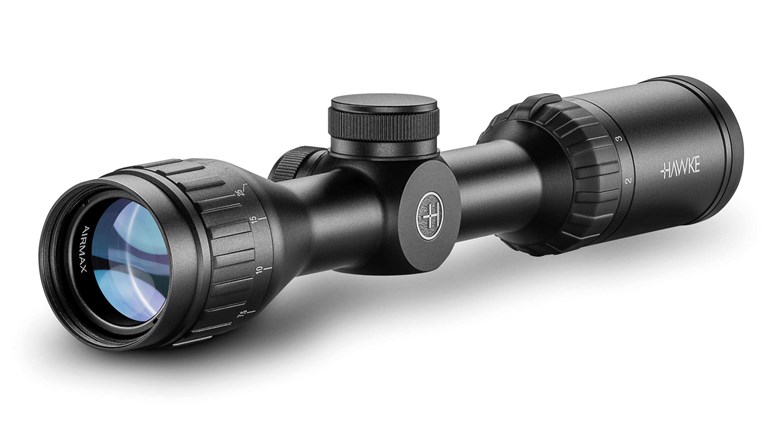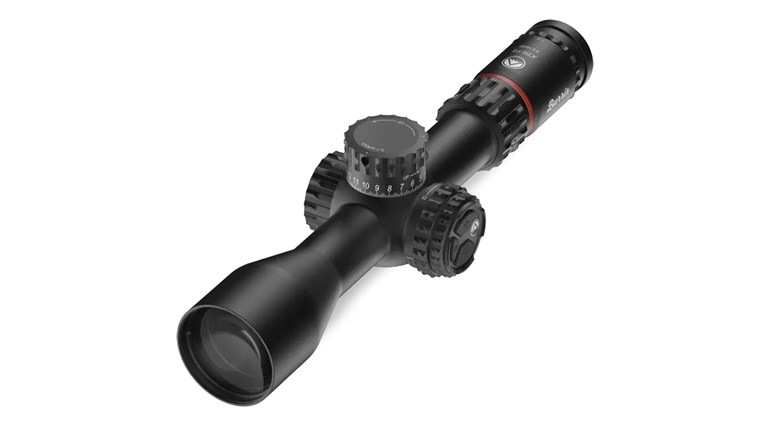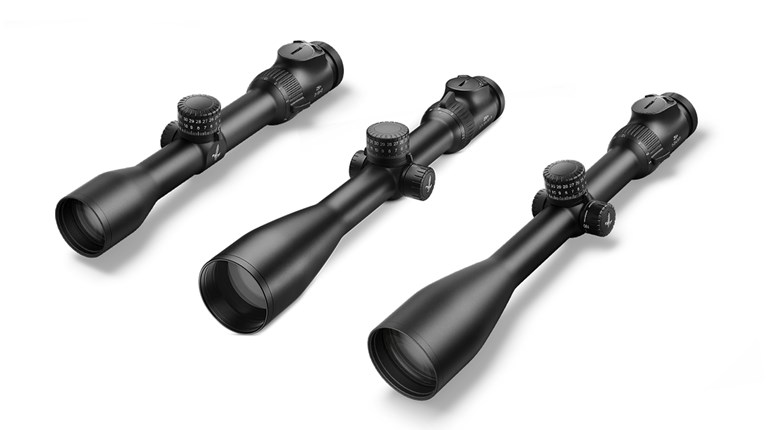
Apparently, in order to survive in today's marketplace you have to have a gimmick. Some are good and represent a real improvement to an old product; others perhaps not so much. Despite the fact that shooters still are launching pieces of rocks from iron-based tubes fueled with a combustible solid much as we did six centuries ago, we do see improvements in our shooting equipment. Many of these improvements are gimmicks that help us hit our target more reliably at long range, and the move now is to include ranging and trajectory compensation in a single sighting package.
Carl Zeiss has been producing superior optics for more than a century; it has been collaborating with Hensoldt—which Zeiss bought in 1928—in producing riflescopes since 1904. The Germans are nothing if not precise, and the superior engineering and construction of the company's binoculars and riflescopes have rapidly earned it an enviable reputation as one of the best optics manufacturers out there. I have been using Zeiss optics since the late 1970s, so when it came time to put a superior optic aboard my new long-range prairie dog, rifle I decided a Zeiss Conquest with the company's new Rapid-Z ballistic reticle was the way to go.
The Rapid-Z Reticle is Zeiss's contribution to a range-finding riflescope that also allows shooters to compensate for trajectory and wind—and still fit in a conventional package. There are four basic Rapid-Z Reticles: 600, 800, 1000 and Varmint. Each is designed to work optimally with a specific class of cartridges. The 600 and 800 reticles work best with standard big-game cartridges and magnums, respectively. The 1000 is a tactical reticle designed specifically for the 7.62 NATO round and bullets with a ballistic coefficient of .5 or better. And the Varmint reticle is designed around the fast-stepping varmint chamberings shooting lighter bullets at very high velocity. For my Savage Model 12 DualPort in .22-250 Rem. I chose a 6.5-20x50 MC with a Varmint reticle.
My first impression of the Varmint reticle was that it brought back some unpleasant memories of engineering calculus equations from four decades ago. It is quite busy. However, as I waded through the explanation in the accompanying paperwork, the various hash marks began to make sense.
Like virtually any bullet-drop-compensating reticle, the secret behind the Rapid-Z is it matches bullet drop against the physical subtensions of the reticle. Because the reticle is in the second focal plane and does not change size as the magnification is adjusted, the distance between the hash marks will change with changes in power. Zeiss has an online calculator that determines the proper power setting for a given load, provided the shooter sights in the scope as recommended.
For my chosen load of a Hornady 50-grain Varmint Express, the calculator determined my power setting should be 12X. Like bore sighting, the calculator gets you close, but to get it dead-on requires some range time. Because I am shooting a longer barrel and thus getting a bit more than the 3,700 fps the calculator uses, I had to up the power setting to about 12½X. At that point, the 400-yard hash mark was spot on.
I have been bothering some of the ground squirrels around here with the rifle, but the prairie dogs are still a week or two away from showing up in the numbers necessary to hold a shoot. The longest shot I've had thus far has been 263 yards, and putting the crosshair on the rodent's eye yielded a very satisfying thwop!
I must admit I was skeptical of the busy reticle and online calculator at first. It seemed too complicated to be effective, but my suspicions were unfounded. This scope combines some of the best optical qualities available with an efficient means of dealing with bullet drop throughout the effective range of the cartridge. That makes this gimmick a winner in my book.






































